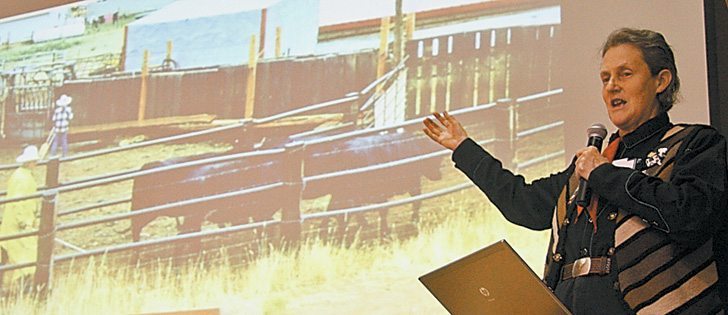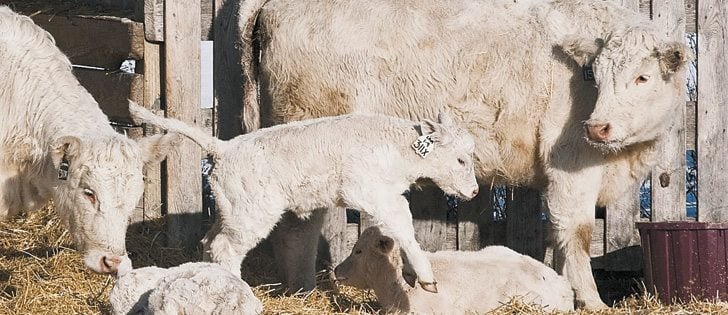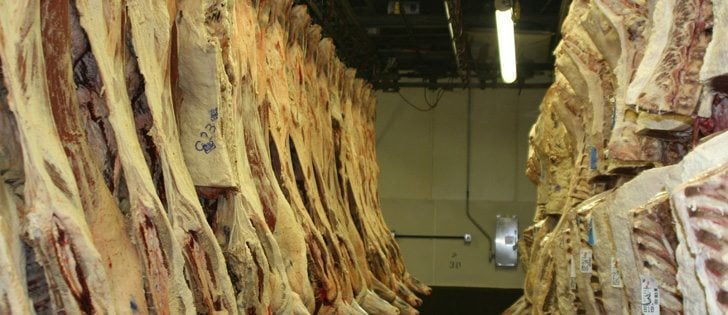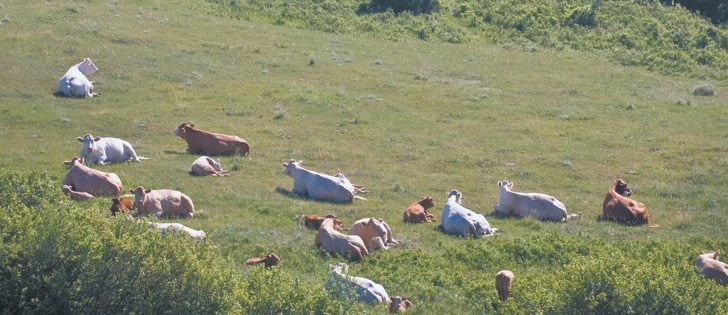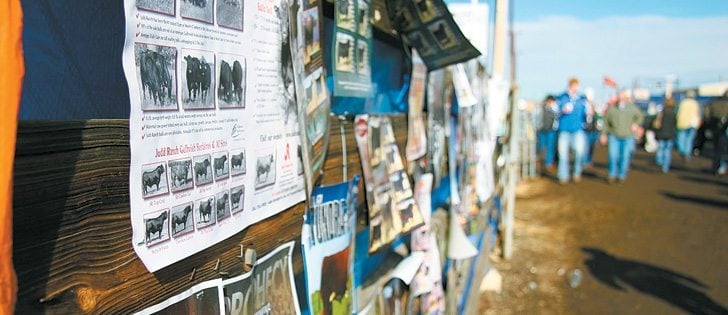Reducing fibre in hog finishing diets, managing feed withdrawal times and avoiding overcrowding are three ways hog producers can increase their bottom lines, says a hog researcher.
Eduardo Beltranena, pork research scientist with Alberta Agriculture, told a recent meeting of pork producers that packers want heavier carcasses to dilute the cost of processing and labour. That means hogs will be on feed longer, which will increase the chance of overcrowding on the farm.
Removing the lighter animals before starting finisher diets is a good strategy, said Beltranena, because it allows smaller pigs better access to feed so that their weight gain is not affected. Feed restrictions in the finishing phase affect back fat, which in turn affects carcass grade and producer returns.
Read Also
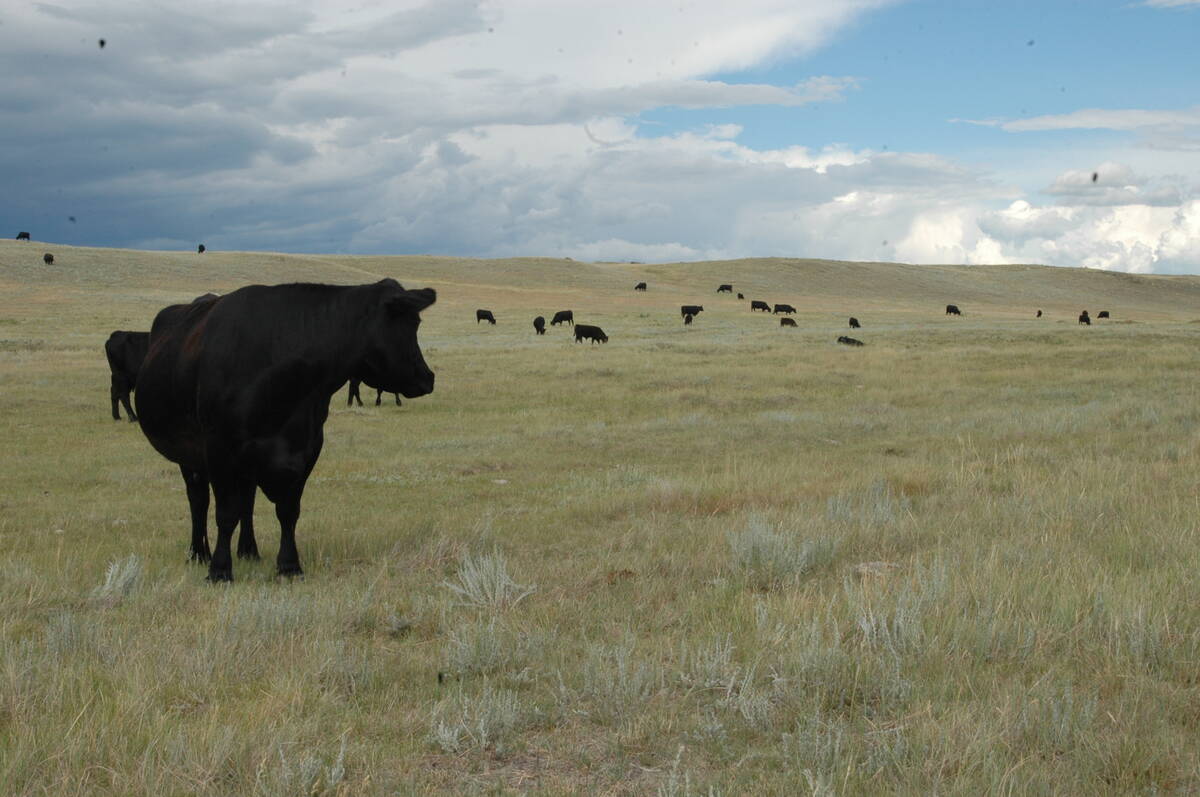
Canadian Food Inspection Agency slammed for handling of bovine tuberculosis case
The federal government leans heavily on producers to “take one for the team” and risk their livelihoods without any reassurance of support.
“Gilts tend to be affected more than barrows by crowding. That’s just a fact that we see,” he said.
Beltranena estimated that it will take 6.5 to eight days longer in the barn to raise hogs to heavier packer weight requirements. Feed costs for that extra weight can cost $4 to $7.50 per hog.
Additional costs are also incurred in labour and a shortened time period to disinfect the barn and make necessary repairs.
He said many producers feed byproducts to reduce feed costs, using dried distillers grain, canola meal or oats. However, such high fibre feed should be withdrawn for the two weeks before the hogs are marketed to reduce the amount of fibre content in the gut at slaughter.
Closely related to that is complete feed withdrawal before hogs are shipped to reduce manure in the gut. Beltranena said fasting hogs for 16 to 18 hours yields best results.
Given that Olymel likes pigs to rest after delivery for at least three hours before slaughter, producers must calculate feed withdrawal times accordingly. That includes estimated time in transit. It may not be necessary to withdraw feed on the farm if hogs are being shipped a long distance.
“If you’re fasting on the farm, you’re in control. You know exactly what’s happening,” he said.
There is higher risk of injury and death if the hogs do their fasting at the plant.
Hogs that go too long without food will drink lots of water upon arrival at the plant, increasing the risk of carcass contamination from stomach contents, he said.
However, the law requires that hogs cannot go without food for more than 24 hours after arrival at the plant. Fasting for longer than 18 hours also affects carcass quality.
Beltranena encouraged producers to learn their packers’ delivery time requirements so that the animals are slaughtered on the day of arrival.




